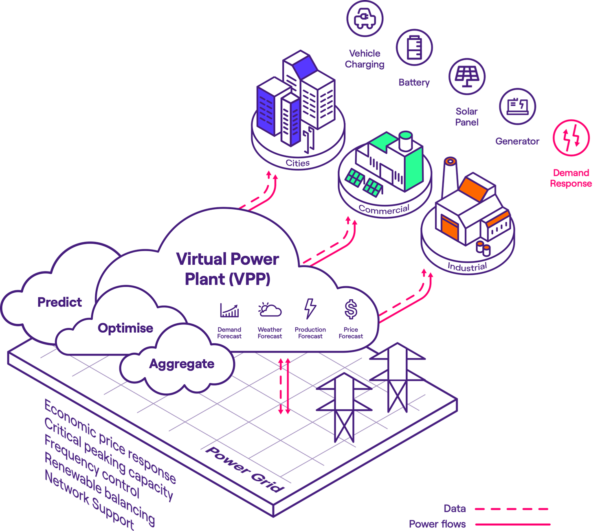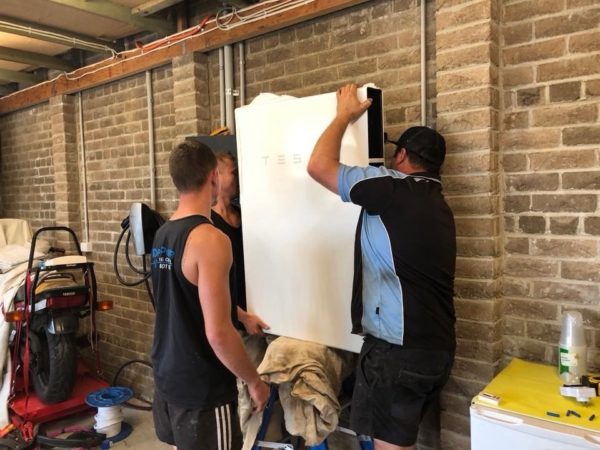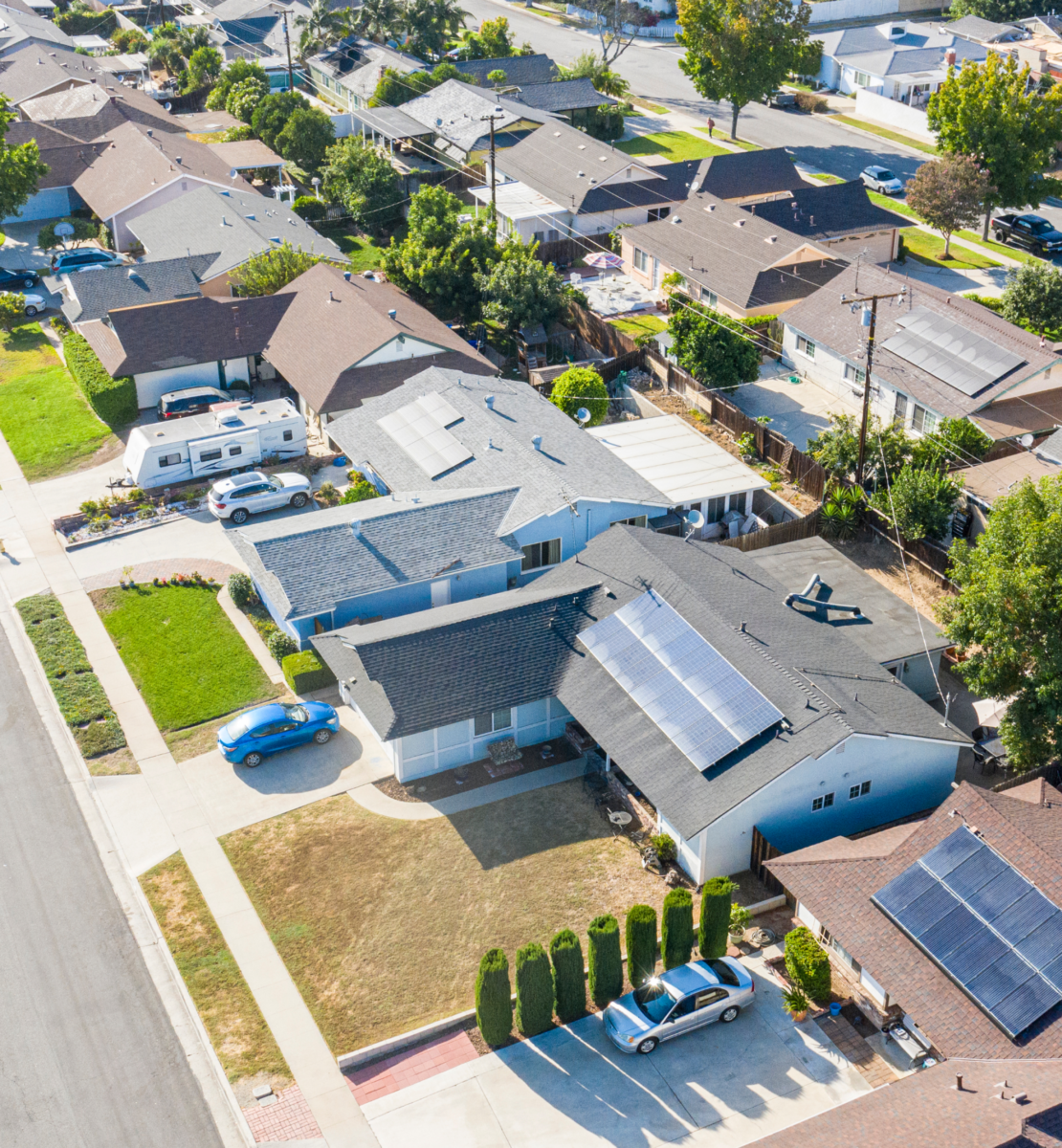With an enormous solar fleet and penchant for new technologies, Virtual Power Plants should be popping in Australia. Indeed, plenty have been built, but it seems the masses have not come.
The Virtual Power Plant (VPP) adoption rate among battery owners appears to be just 14%, according to research from solar and energy analyst Sunwiz. Head of Renewable Energy Finance at Plenti, Louis Edwards, says VPP operators have simply spent too much time on developing their own programs, and not enough time communicating with those actually selling it.
“It hasn’t worked,” Edwards tells pv magazine Australia, referring to the current landscape in which almost every retailer and battery manufacturer each has their own VPP program, all covering different jurisdictions and all with their own particularities and application processes.
This litany of VPP offers ultimately confuses installers, Edwards says. “When you add additional friction into the sales process for an installer… you disincentive the installer from wanting to sell.”
“Everyone is trying to [create a seamless VPP experience], but we are trying to get installers to sell that on everyone’s behalf.” For that sale to actually happen, installers need to see VPPs as part of a home battery’s inherent value proposition from the start, and have a firm knowledge of what’s on offer.

Enel X
Finance lender Plenti believes its newly launched GreenConnect platform can fix this VPP bottleneck. The lender has built a platform which consolidates VPPs offers and returns the best results to installers.
That is, the installer inputs their customer’s address and the type of system being configured, including the brands of battery and other equipment, and then the GreenConnect platform displays all the applicable offers in a neat, compelling way – including outlining the customer’s potential savings with each VPP offer, as well as relevant state rebates, Edwards says.
Once a VPP offer has been selected, the platform then facilitates the application process. “It houses the whole experience,” Edwards says, noting the programs and equipment are then wrapped up into a Plenti finance package.
The GreenConnect platform launched in March, and has encouraged retailers and manufacturers to provide special offers upon participation. For instance, retailer AGL offers a subsidy of up to $1,500 on top of state government rebates via the platform.
Amber Electric has offered to waive its monthly subscription fee for the first five months, additional to access to smart battery optimisation and wholesale pricing, including wholesale feed-in tariffs that can reach $15/kWh, Amber Electric has said. These features combined have allowed its customers to benefit from recent price spikes in the wholesale market, earning up to $70 in a day from their solar exports in some cases, the company added.* “We have had considerable interest from the installer market for Amber Electric’s offer which has been an interesting dynamic to observe,” Edwards says.
“We have even more energy retailers, battery manufacturers and now strong interest from EV charging and heat pump manufacturers seeking to join GreenConnect in light of the federal government’s recent budget announcement and the proposed $1 billion [USD 65 million] being allocated to the CEFC for providing concessional or low interest loans for battery and electrification,” Edwards says.
Unifying private market offers and public schemes is perhaps where Edwards sees the most potential for GreenConnect – though it remains to be seen whether governments will feel the same.
Edwards says the platform has been built in an “agnostic fashion” to allow state governments or grid operators to join in their own capacity. For instance, a state government looking to launch a home battery scheme could offer the subsidy through GreenConnect, removing the complexity and cost of the government running the scheme itself.

Image: Solaray Energy
Plenti has done a case study to this end, examining how private and public could complement one another on the platform, Edwards says. “To my knowledge, there isn’t another platform that has brought together the private market and could potentially facilitate public funding for the purpose of driving battery and electrification products.”
Whether governments will view the lender’s platform as truly “neutral” in the way Edwards describes it, only time will tell. But Plenti is certainly hoping to work with public entities, as it did for the South Australian home battery scheme.
In Edward’s eyes, installers need to arrive at selling VPPs with batteries as a reflex. To do this will involve educating thousands of individual installers about what VPPs are and how to pitch them. He believes GreenConnect can become “the engine” to enable this.
“We need to create a critical mass inflection point,” Edwards says. “This is a whole industry problem.”
In FY2023, Plenti funded 11,357 renewable energy systems, including 12% originations with batteries.
–
*Article amended on June 5, 2023 to updated the details of Amber Electric’s GreenConnect offer.
This content is protected by copyright and may not be reused. If you want to cooperate with us and would like to reuse some of our content, please contact: editors@pv-magazine.com.









By submitting this form you agree to pv magazine using your data for the purposes of publishing your comment.
Your personal data will only be disclosed or otherwise transmitted to third parties for the purposes of spam filtering or if this is necessary for technical maintenance of the website. Any other transfer to third parties will not take place unless this is justified on the basis of applicable data protection regulations or if pv magazine is legally obliged to do so.
You may revoke this consent at any time with effect for the future, in which case your personal data will be deleted immediately. Otherwise, your data will be deleted if pv magazine has processed your request or the purpose of data storage is fulfilled.
Further information on data privacy can be found in our Data Protection Policy.